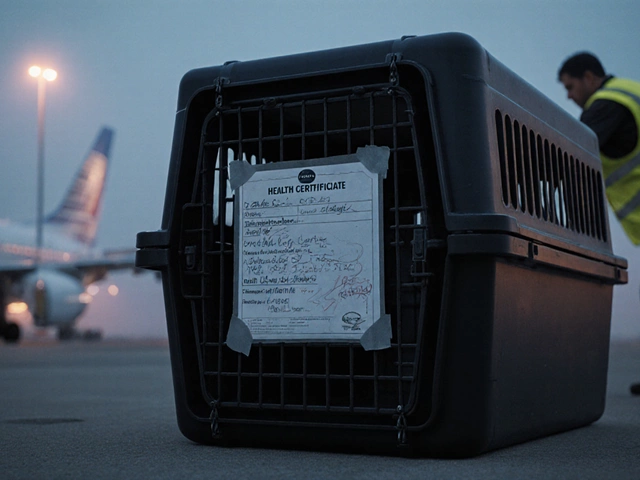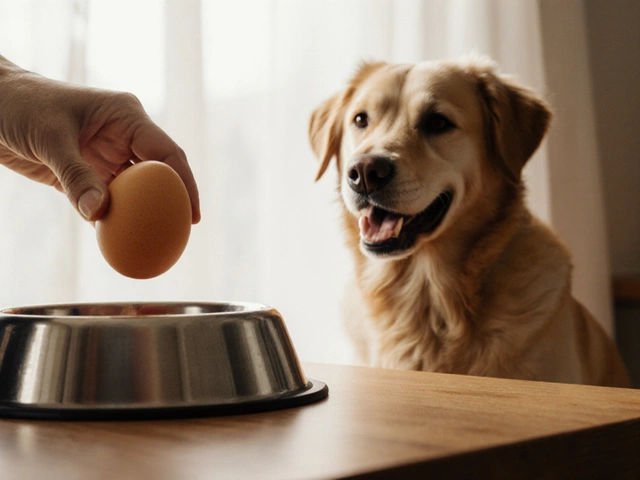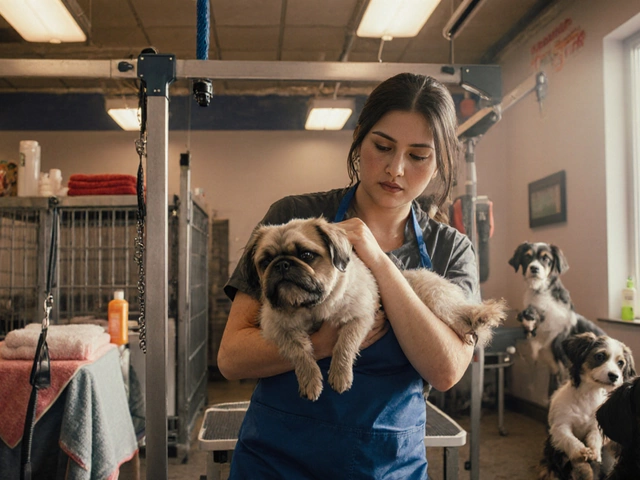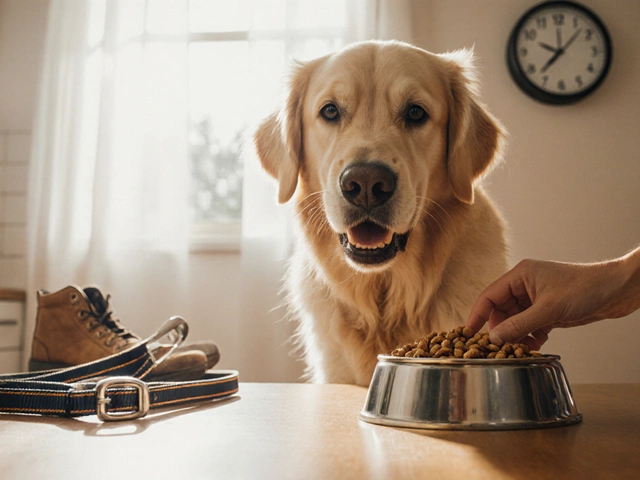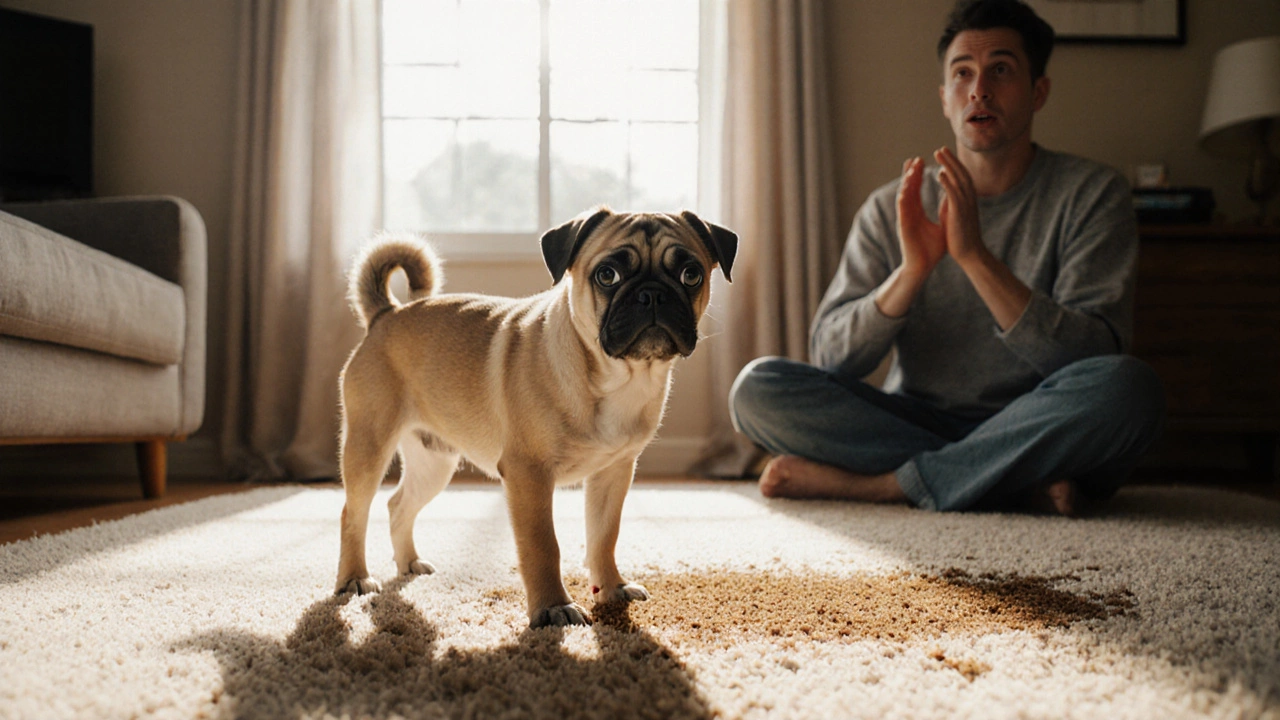
Potty Training Difficulty Calculator
Select Your Dog Breed
Training Insights
Imagine a puppy that treats every corner of your home like a personal bathroom. It’s not just a messy situation-it can feel like a constant battle of wills. If you’ve ever wondered which breed turns potty training into a full‑time job, you’re not alone. Below we break down the toughest breeds, why they’re stubborn, and practical ways to make the process smoother.
What makes a breed hard to potty train?
Breed‑specific personalities drive the difficulty level. High energy, strong prey drive, and an independent streak often translate into less interest in routine. Smaller dogs may bark for attention, while muscular breeds can power through a door to find a spot they like. Understanding the underlying traits helps you tailor your approach.
Top contenders for the hardest dog to potty train
These breeds consistently rank at the top of “hardest to potty train” surveys conducted by pet behaviorists in 2023 and 2024. Each description includes their key challenge and a quick tip.
- Jack Russell Terrier is a high‑energy hunter bred for fox‑hunting. Their relentless curiosity makes them seek out any scent, turning even a fresh lawn into a target. Tip: Use a tightly‑fitted crate and schedule timed potty breaks every 30‑45 minutes.
- French Bulldog is a compact, muscular breed known for its stubbornness and love of comfort. They often delay going out because they dislike cold weather. Tip: Warm up the door area with a heated mat or let them out during warmer parts of the day.
- Bulldog possesses a low‑energy demeanor but can be very lazy about moving to a potty spot. Their short snouts also make breathing harder, so they may hold it longer. Tip: Keep potty breaks short and rewarding to avoid frustration.
- Boston Terrier is a little “smart‑aleck” that enjoys testing boundaries. They’ll often wait for you to move before they’ll go. Tip: Establish a predictable routine and use a cue word like “go potty.”
- Chihuahua is a tiny breed with a big personality. They can be nervous in new environments, leading to accidents indoors. Tip: Create a cozy, designated spot outdoors and use a consistent scent cue.
- Pug loves comfort and can be prone to obesity, which reduces their willingness to move. Tip: Keep a lightweight leash handy and reward even short trips outside.
- Shih Tzu is an indoor‑focused lap dog that may resist going outside. Their thick coat can also hide accidents. Tip: Use a portable indoor potty pad initially, then transition gradually outdoors.
- Cavalier King Charles Spaniel is affectionate but sometimes anxious, leading to “holding” behavior. Tip: Calm, low‑stress exits and a soothing voice help them relax.
How do these breeds compare?
| Breed | Typical Difficulty | Common Obstacles | Key Training Tip |
|---|---|---|---|
| Jack Russell Terrier | Hard | High energy, scent‑driven | Frequent crate intervals |
| French Bulldog | Hard | Stubborn, dislikes cold | Warm exit area |
| Bulldog | Hard | Low mobility, breath issues | Short, positive breaks |
| Boston Terrier | Medium | Boundary testing | Consistent cue word |
| Chihuahua | Medium | Nervousness, tiny bladder | Cozy outdoor spot |
| Pug | Medium | Comfort‑first attitude | Light leash & reward |
| Shih Tzu | Medium | Indoor preference | Pad‑to‑outside transition |
| Cavalier King Charles Spaniel | Medium | Separation anxiety | Calm exits, soothing tone |
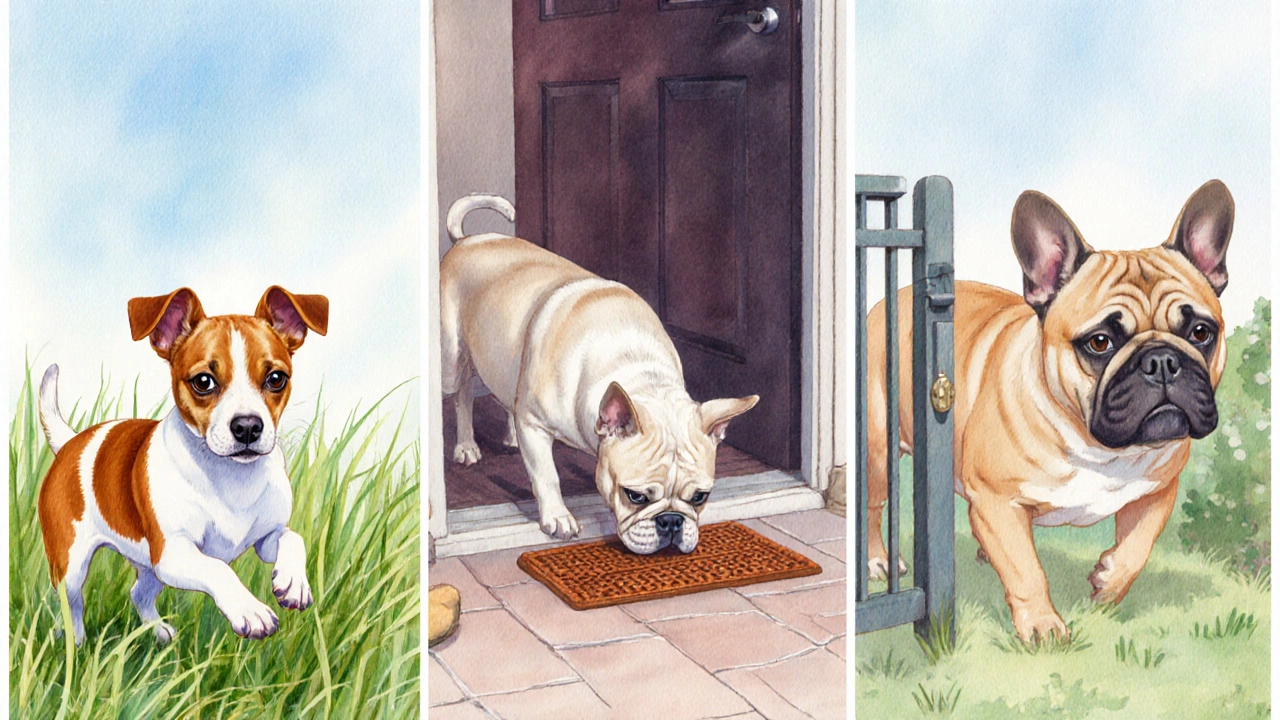
Practical steps to train the toughest breeds
- Set a strict schedule. Puppies, especially high‑energy ones, need to go out after waking, eating, and playing.
- Use a specific cue word (“go potty,” “outside”) and pair it with a treat the moment they finish.
- Limit indoor roaming with baby gates or a crate until the dog reliably signals the need to go.
- Keep the outdoor area consistent. Dogs with strong scent drives, like the Jack Russell Terrier, will learn faster if the scent is always the same.
- Reward immediately-no delayed praise. A clicker or a small high‑value treat works best.
- Monitor health. Frequent accidents can signal urinary tract infections, especially in brachycephalic breeds like the French Bulldog.
- Stay patient and avoid scolding. Negative reactions cause anxiety, which makes the dog hold it longer.
Common pitfalls and how to avoid them
Many owners unintentionally sabotage their own training efforts. Here are the top mistakes:
- Inconsistent timing: Missing a scheduled break confuses the dog’s internal clock.
- Punishing accidents: Instead of teaching “where to go,” you create fear.
- Changing the potty spot: Dogs, especially scent‑oriented breeds, rely on familiar smells.
- Ignoring health cues: A sudden increase in accidents could be a medical issue, not a training failure.
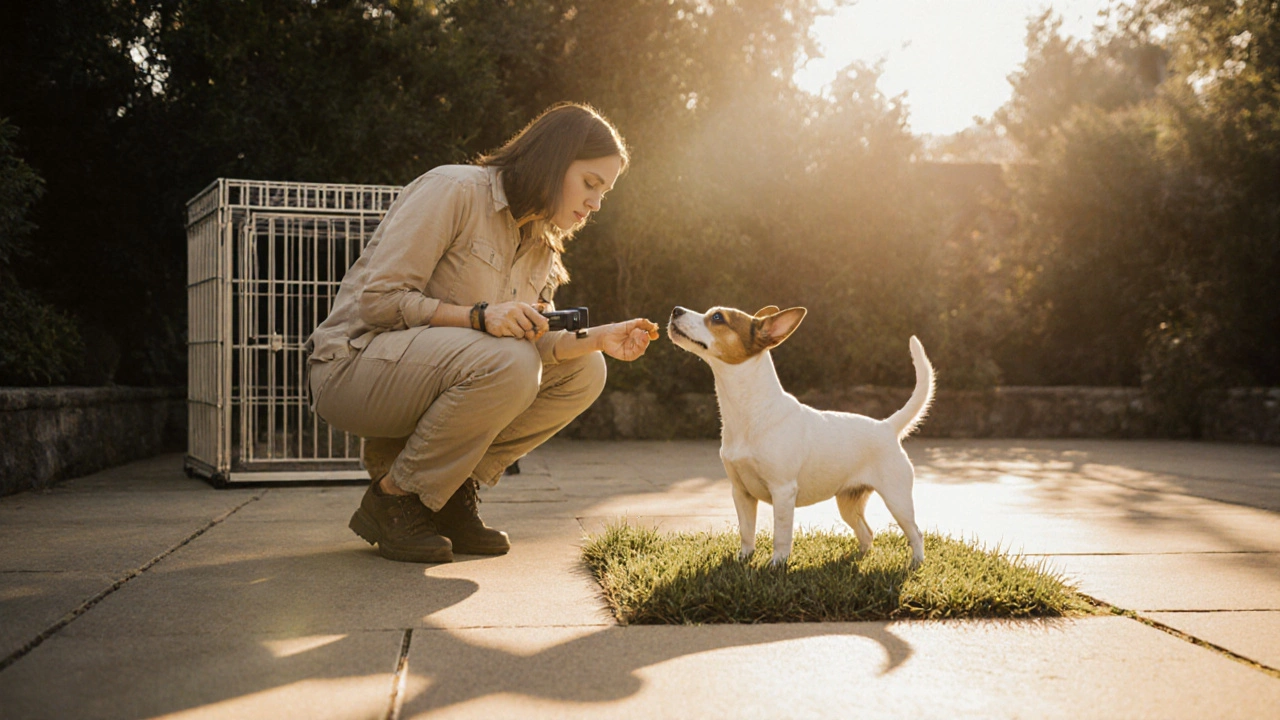
When to call in a professional
If after four weeks of consistent effort the dog still has frequent indoor accidents, consider a certified dog trainer or a veterinary behaviorist. This is especially true for breeds that are prone to anxiety, like the Cavalier King Charles Spaniel. A professional can assess underlying issues and design a customized plan.
Quick reference checklist
- Identify your breed’s specific obstacle.
- Set a rigid potty schedule.
- Choose a consistent outdoor cue (word + area).
- Reward immediately after each successful outing.
- Monitor health and adjust for weather comfort.
- Seek professional help if no progress after 30 days.
Frequently Asked Questions
Which breed is officially the hardest to potty train?
Surveys among veterinarians and trainers consistently rank the Jack Russell Terrier as the most challenging due to its high energy, strong scent drive, and independent nature.
Can an older dog be harder to potty train than a puppy?
Yes. Older dogs may have entrenched habits or previous accidents. However, they often learn faster once a consistent routine is set, especially if health issues are ruled out.
Do indoor potty pads help with difficult breeds?
They can be a transitional tool for breeds that dislike the outdoors, like the Shih Tzu. The goal should be to gradually move the pad closer to the door and eventually outside.
How many potty breaks should a high‑energy breed get per day?
For a Jack Russell Terrier puppy, aim for every 30‑45 minutes during the first few months, then gradually extend to 1‑2 hour intervals as bladder control improves.
Is punishment ever effective for potty training?
No. Punishment creates fear, which often results in the dog holding it longer or hiding accidents. Positive reinforcement is the proven method.


